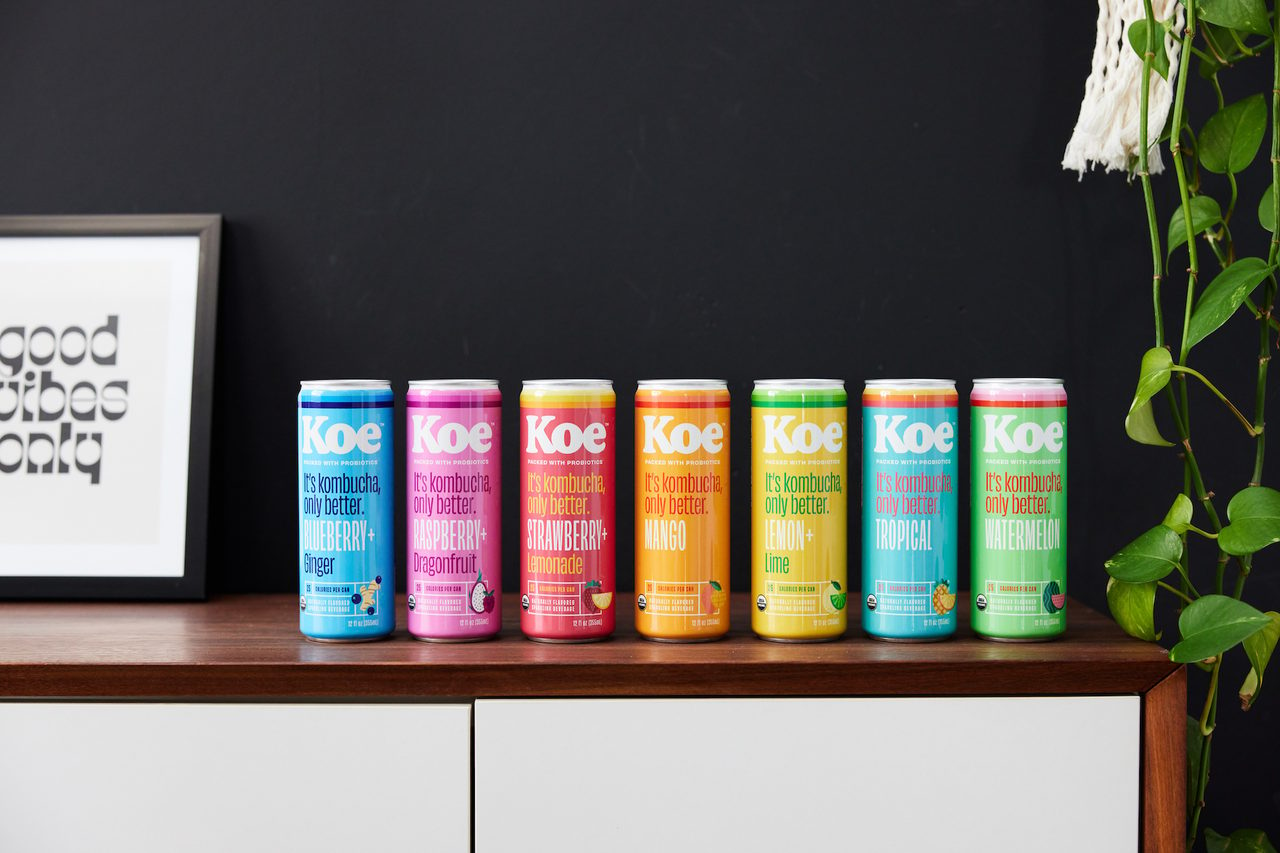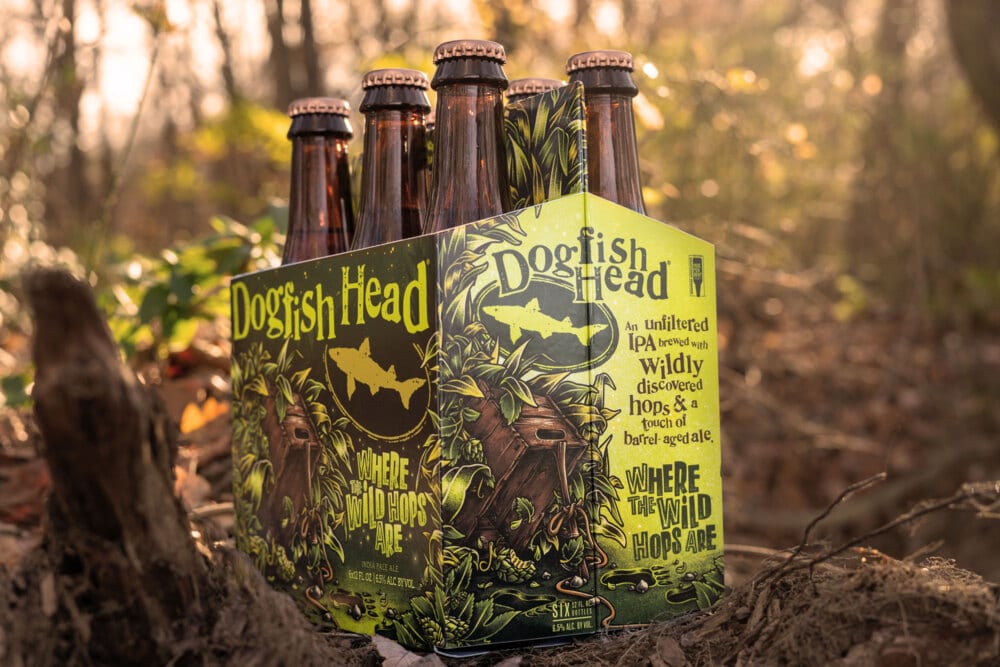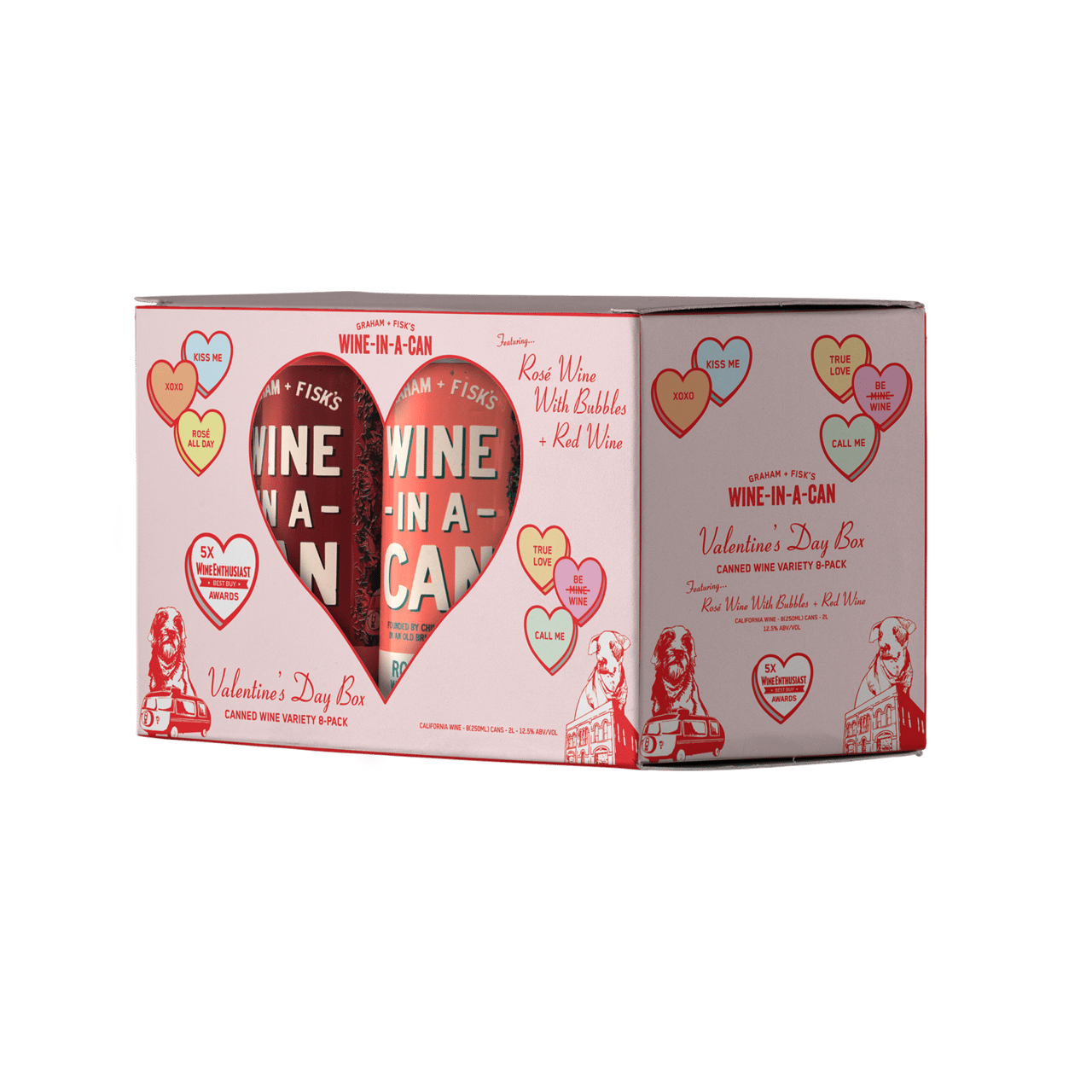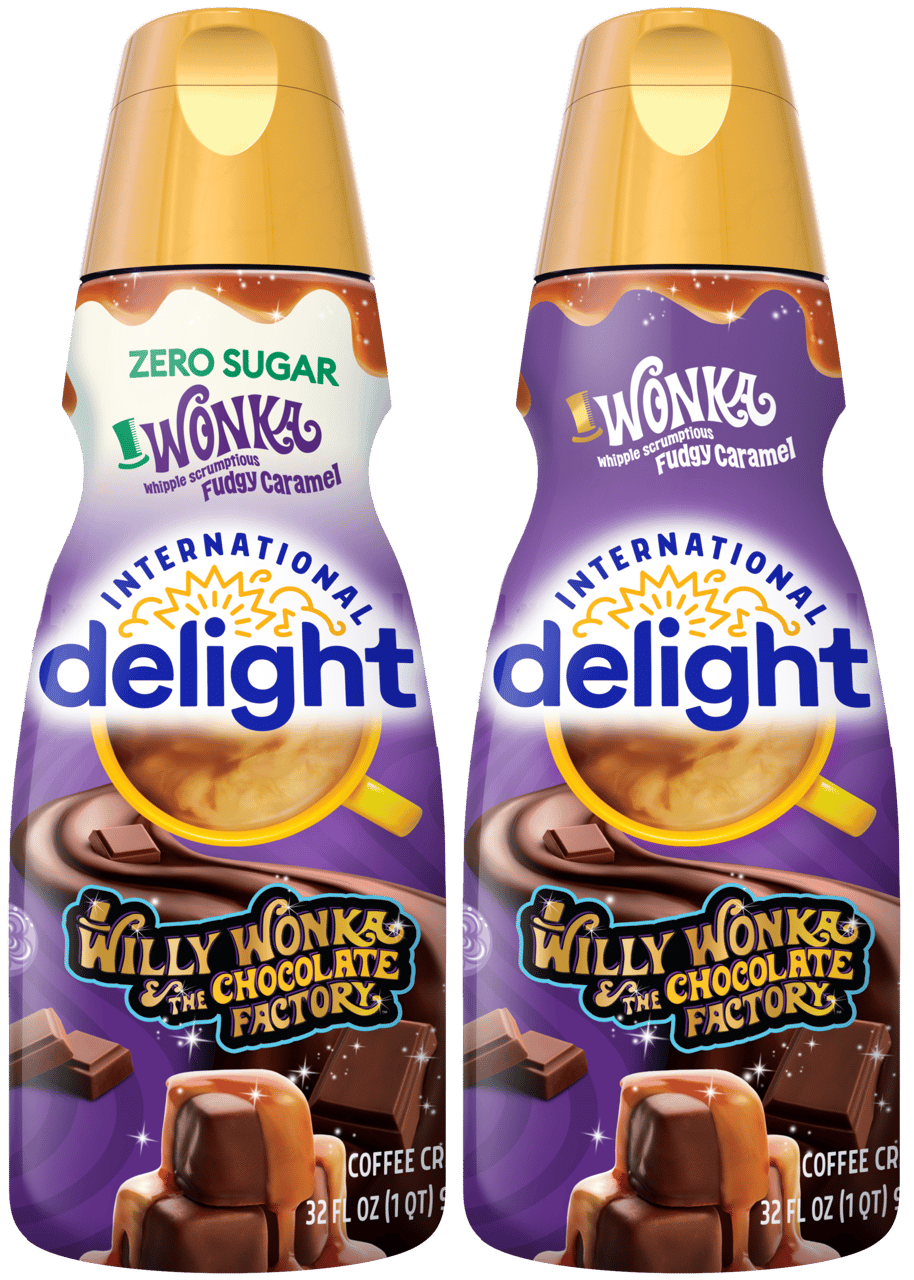Packaging
Story
All eyes on labels
By Jessica Jacobsen
Shrink, stretch labels helps brands stand out from the crowd
(Image courtesy of Shamrock Farms)
Differing from other winter Olympic sports, figure skaters not only need to master their physical routine in order to impress the judges, but also must ensure the music, costumes and makeup coordinate to keep all eyes on them. Although the fast-moving consumer packaged goods market brands do not have judges deciding their fate, grabbing consumers attention on crowded store shelves can be just as difficult as registering a perfect score.
“The continued development of innovative beverage products (functional beverages, etc.), the ever-changing demands to grab consumer attention on shelf and the opportunity to utilize the functional benefits of sleeves are driving continued use and innovation for shrink and stretch sleeve labels,” says Gwen Chapdelaine, marketing director for Fort Dearborn Co., Elk Grove, Ill.
Because of these variables, Chapdelaine highlights that suppliers have elevated the attributes that shrink and stretch sleeve labels can offer.
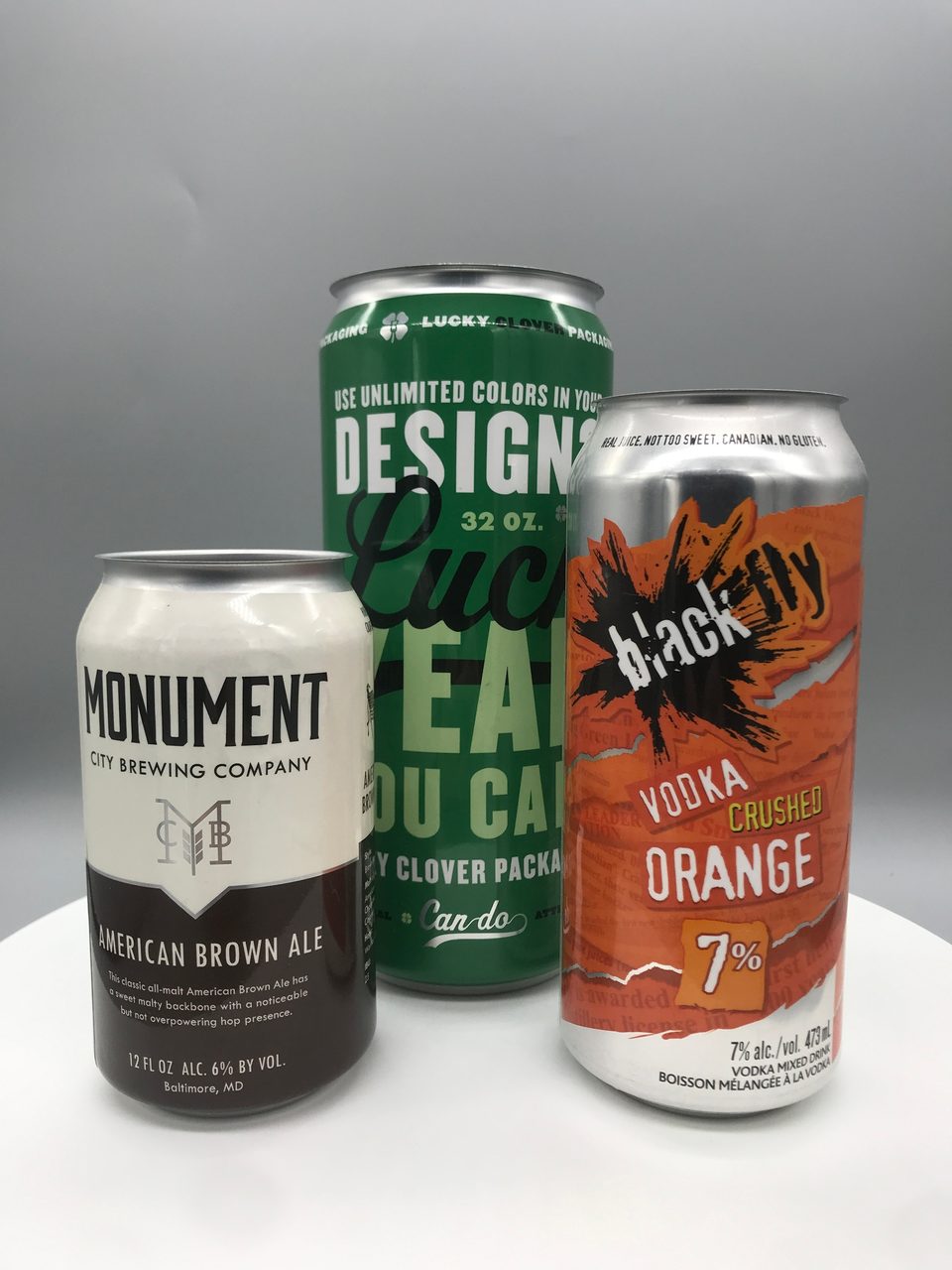
Beverage-makers increasingly are utilizing shrink sleeves on aluminum can packaging because of its economic and graphic advantages, experts note. (Image courtesy of PDC International)
“Various enhancements for sleeves can be used to create premium looks for products including matte, metallics, foil, holographic and tactile finishes,” she says. “We’ve also seen the increased use of shrink sleeves on cans for the beverage industry. Sleeves are an economical alternative to pre-printed cans and provide eye-catching, 360-degree bright, high-quality graphics.”
As an increasing number of brand owners are turning to shrink and stretch labels, suppliers highlight that beneficial attributes continue to proliferate.
“[Shrink sleeve] is still the only way to label or cover 360 degrees on almost any shape container, along with optional light blocking,” says Michael Johnston, tunnel testing and development technician for PDC International, Norwalk, Conn. “This allows the brand to stay away from colored containers, as well as clear HDPE. By using the same container on different brand SKUs, with a change in graphics and cap color, the package will look totally different between the total SKU family of products.”
Fort Dearborn’s Chapdelaine echoes similar sentiments about benefits that beverage manufacturers can realize from shrink and stretch sleeves.
“Sleeve labels offer beverage brands several advantages over other label formats,” Chapdelaine says. “Sleeves provide maximum brand impact with 360 degree coverage. They also allow beverage brands to utilize a single colorless container and differentiate various products and lines with their labels. Sleeves can also incorporate tamper evidence.
“For multi-packs and on-packs, sleeves offer promotional and merchandising opportunities for beverage brands,” she continues. “Another benefit of shrink sleeves is the complete coverage of complex shaped containers. This feature of shrink sleeves also allows for the incorporation of light barrier features within the label, thus increasing shelf life of light sensitive products such as vitamin fortified waters and dairy products.”
Developed for the future
Like all other aspects of the packaging world, label suppliers are seeing a growing influence from sustainability. Additionally, brand owners that have made sustainability part of their ethos are turning to label suppliers that can support these goals.
“Various enhancements for sleeves can be used to create premium looks for products including matte, metallics, foil, holographic and tactile finishes. We’ve also seen the increased use of shrink sleeves on cans for the beverage industry. Sleeves are an economical alternative to pre-printed cans and provide eye-catching, 360-degree bright, high-quality graphics.”
— Gwen Chapdelaine, marketing director for Fort Dearborn Co.
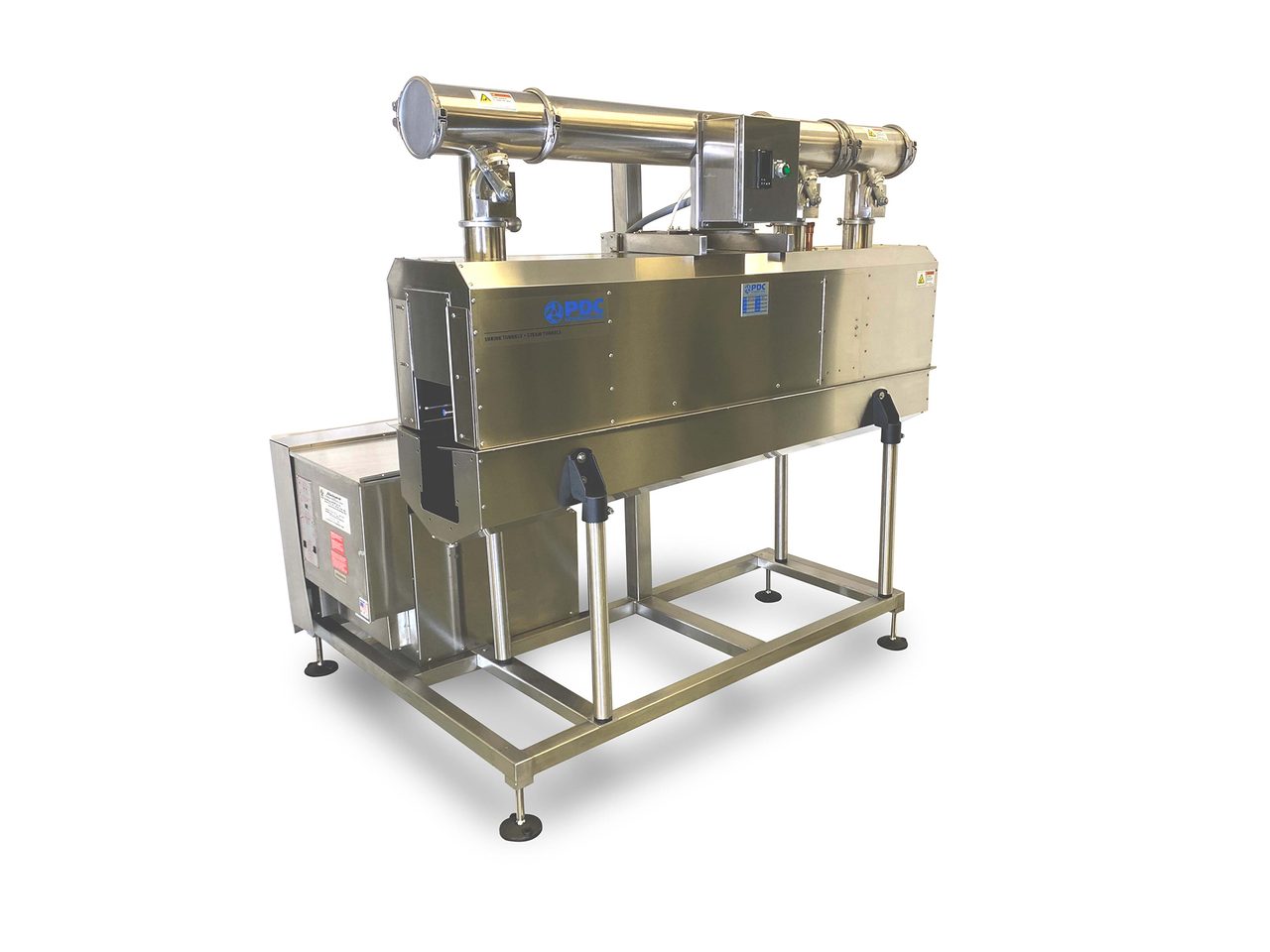
Pictured above is PDC’s KST-55 Steam Shrink Tunnel with Integrated Boiler. (Image courtesy of PDC International)
“We are addressing sustainability by working with suppliers on developments to support brand owners sustainable packaging goals,” Chapdelaine says. “Along with material downgauging, these developments include recyclable and floatable labels that meet [Association of Plastic Recyclers] (APR) recyclable guidelines as well as PCR content labels containing post-consumer recycled materials. Sleeves can also include a perforation to allow for easy removal after product use.”
PDC’s Johnston notes that innovations from suppliers have helped increase the number of environmentally friendly packaging options for PET packaging, enabling APR compliance.
For example, a floatable label’s gravity of less than 1.0 meets APR guidelines, while PET sleeves that utilize washable inks can be reground and mixed with PET flake, also meeting APR critical guideline tests for sleeve labels.
“We have seen downgauging, which drives more labels per roll, which gives you longer run time before changing the roll, reduces roll count per order, which reduces sleeve and shipping costs,” he says.
Additionally, Johnston identifies removable sleeves by way of perforations or deseaming as a way to encourage consumer participation in sustainability efforts.
“With the addition of a vertical perforation the consumer can remove the sleeve prior to recycling the container,” he says. “Deseaming is a solvent when the sleeved container enters the recycling caustic wash process [to] release, allowing the sleeve to release.”
Johnston expects that sustainability-focused measures will continue to be part of the future for the shrink sleeve market.
“Everyone is talking and pushing for a circular economy,” he says. “There are now shrink films which can be recycled with PET bottles, now in line with sustainability’s directives with most companies and environment groups. This shrink sleeve material is printed with washable inks, allowing the ink to be removed.”
Although labeling suppliers have made conscious efforts to advance the attributes and sustainable qualities of shrink and stretch labels, experts highlight that brand owners still have a collection of considerations they must evaluate before employing these solutions.
“There are more steps involved with shrink and stretch sleeve labels than other label types thus making it more challenging,” Fort Dearborn’s Chapdelaine explains. “We encourage our customers to get us involved upfront on a project to ensure success. With shrink sleeves especially, it’s critical to choose the right material for the container and to take this into consideration during the container selection process as well as to understand sustainability options.
“Shrink sleeve labels also often need to include distortion of the graphics in order for the printed product to appear correctly once shrunk onto the container,” she continues. “Proper container sizing and line trials provide an opportunity to test for distortion. We recommend involvement with all key suppliers during the process: prepress, container, converter, and application provider to eliminate unnecessary errors and waste upfront before full production.”
Meanwhile, PDC’s Johnston calls out the variables that should be considered when applying shrink sleeves to empty beverage containers.
“The packaging engineers should consider when sleeving empty plastic containers, that the container is tested to see if the heat required to shrink the sleeve does not reach the thermo-load of the container which will distort the container,” he says.
Pandemic variables
As mainstream media reports often have highlighted the impact the pandemic has had on the global supply chain, experts note that the labeling materials market also has been impacted.
“During the pandemic we have seen certain materials become difficult to obtain,” Johnston says. “As a result, we see existing customers switch to films that are readily available. At times, this move from one film to another, if not researched and tested properly, provides a change in shrink quality.”
Fort Dearborn’s Chapdelaine also details the supply chain woes when developing labeling materials, but notes that the company is closely working with its partners to take a proactive approach.
“The pandemic created a lot of demand for consumer food and beverage products,” she says. “Similar to other label materials, there has been supply tightness for shrink and stretch sleeve raw materials along with transportation challenges. To help alleviate supply constraints, we work closely with customers to understand their forecasts and in the development of custom label management programs to ensure supply.”
Despite these supply chain challenges, demand for shrink and stretch labels shows that the positive attributes make them an ideal labeling solution for beverage-makers. BI
